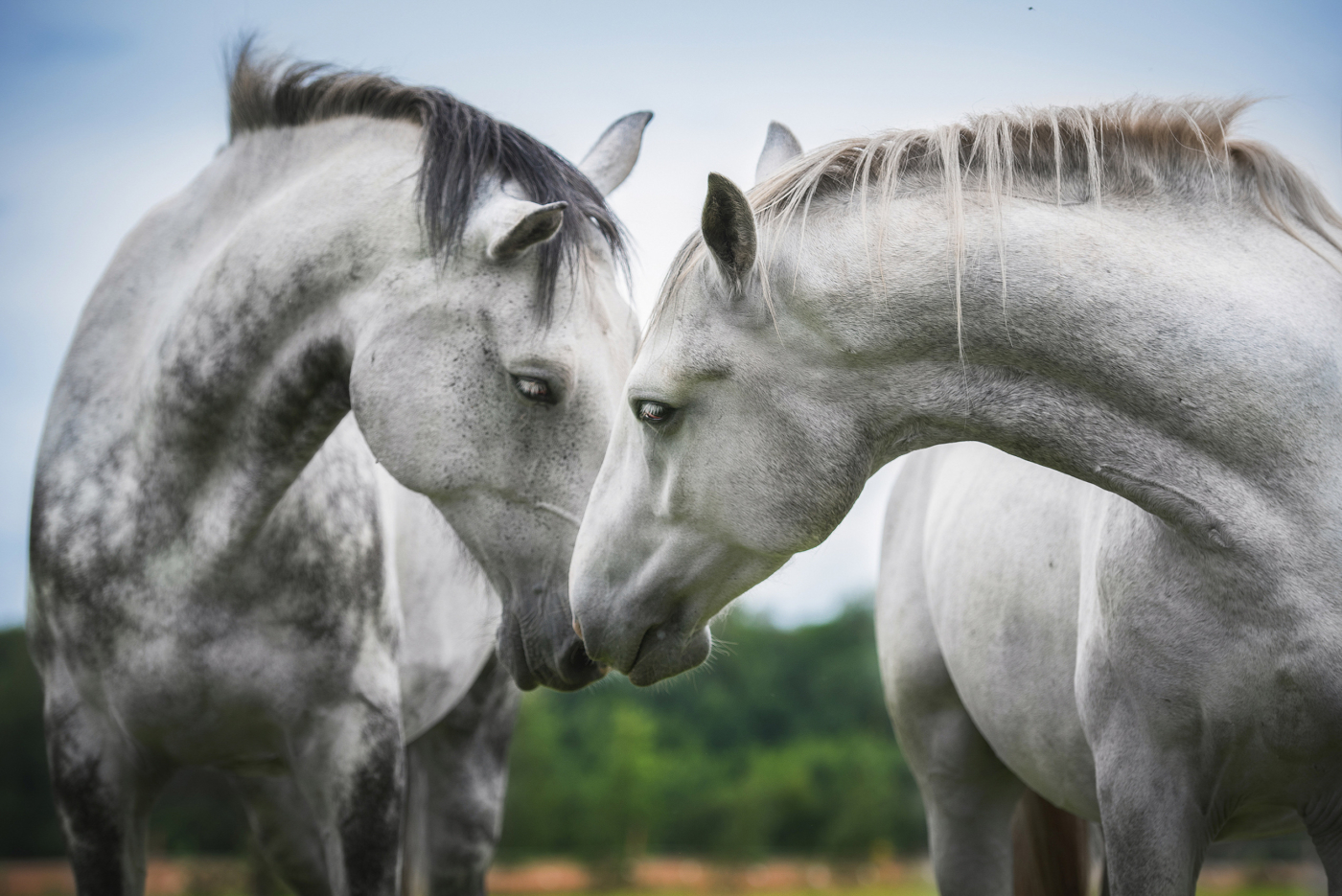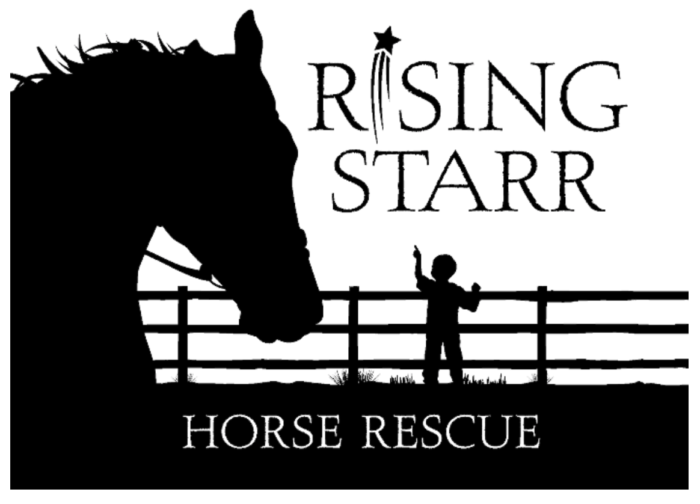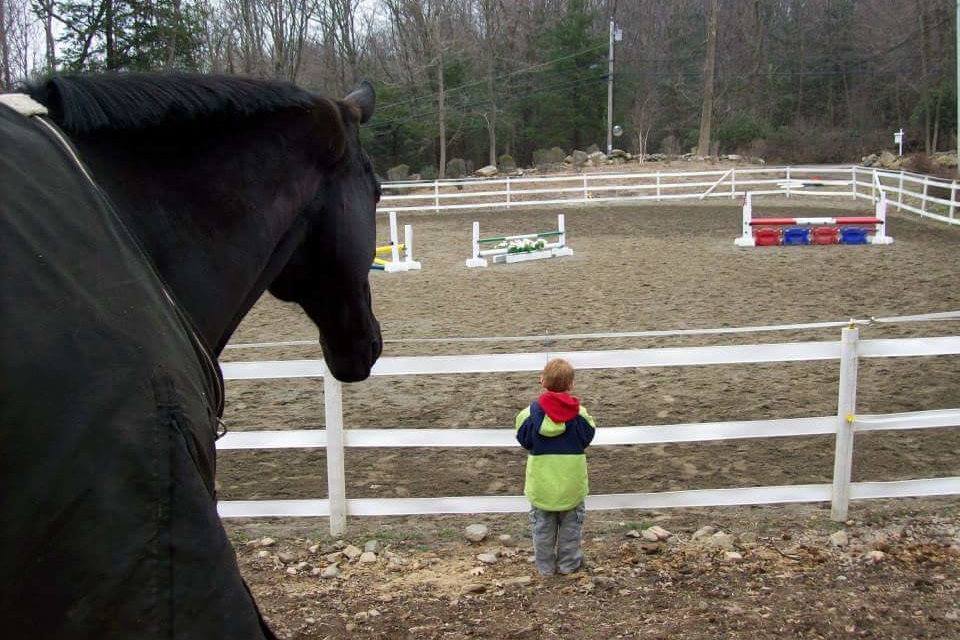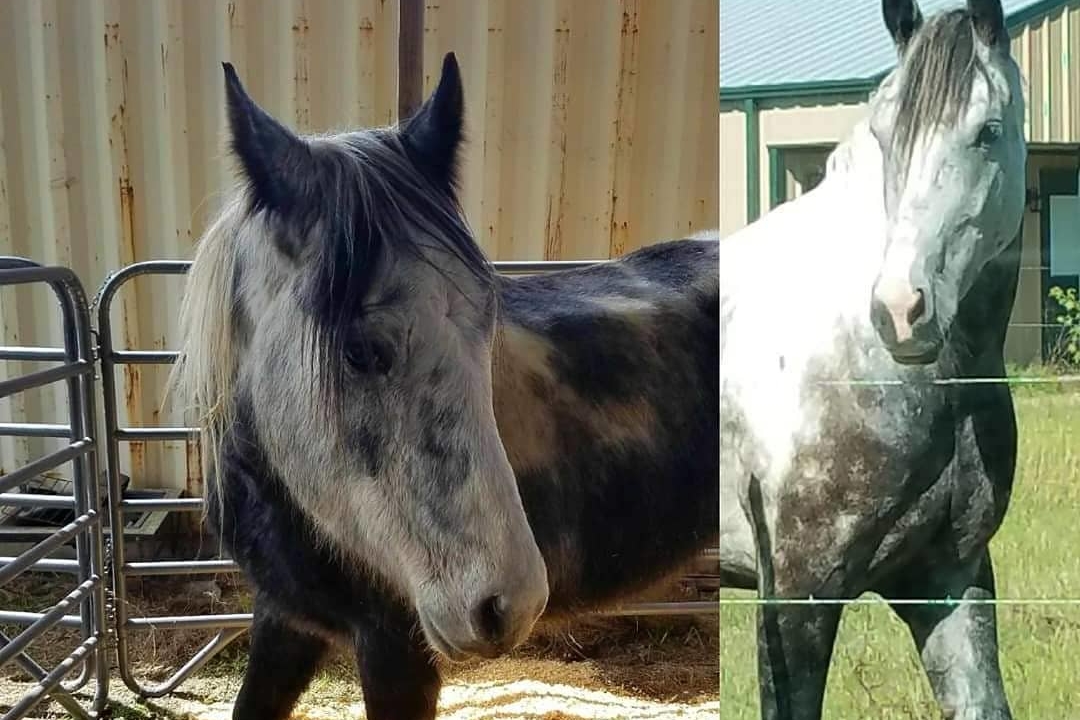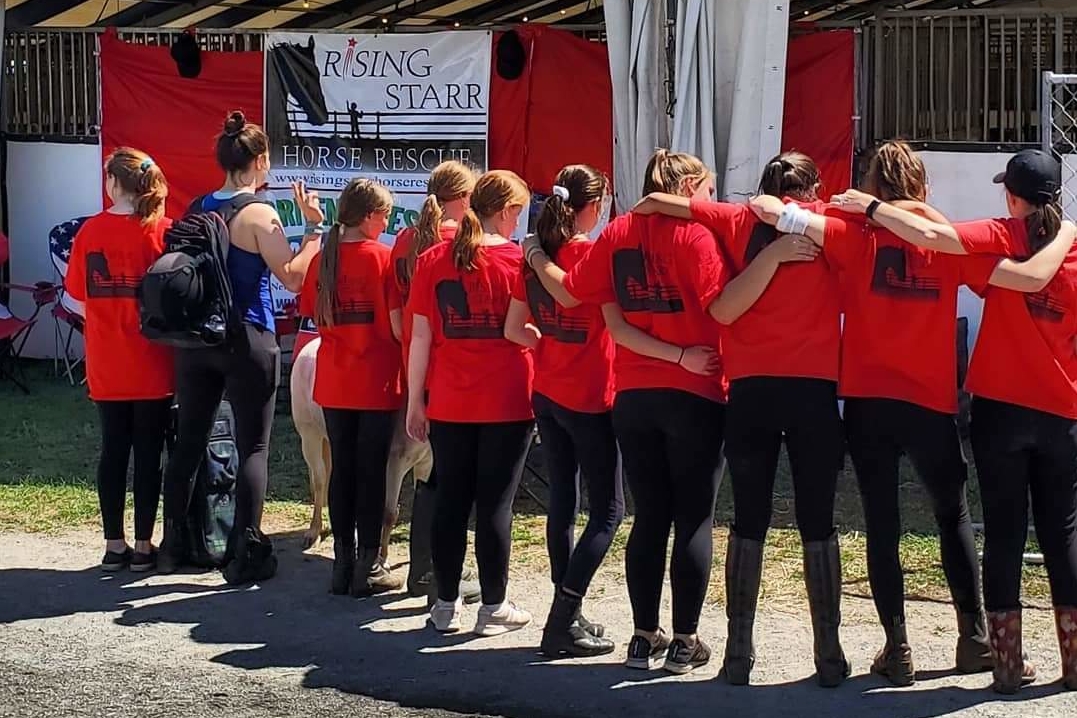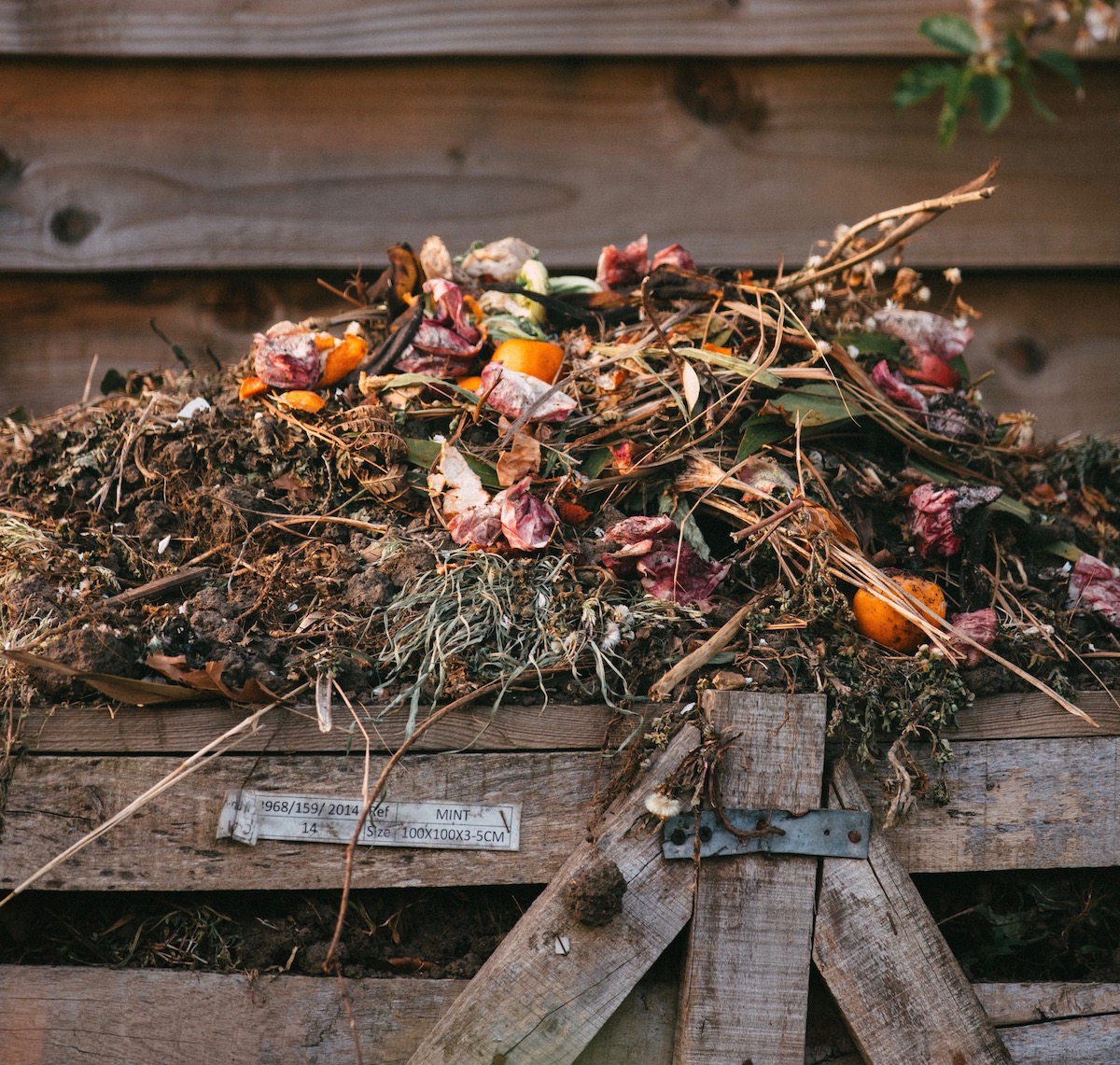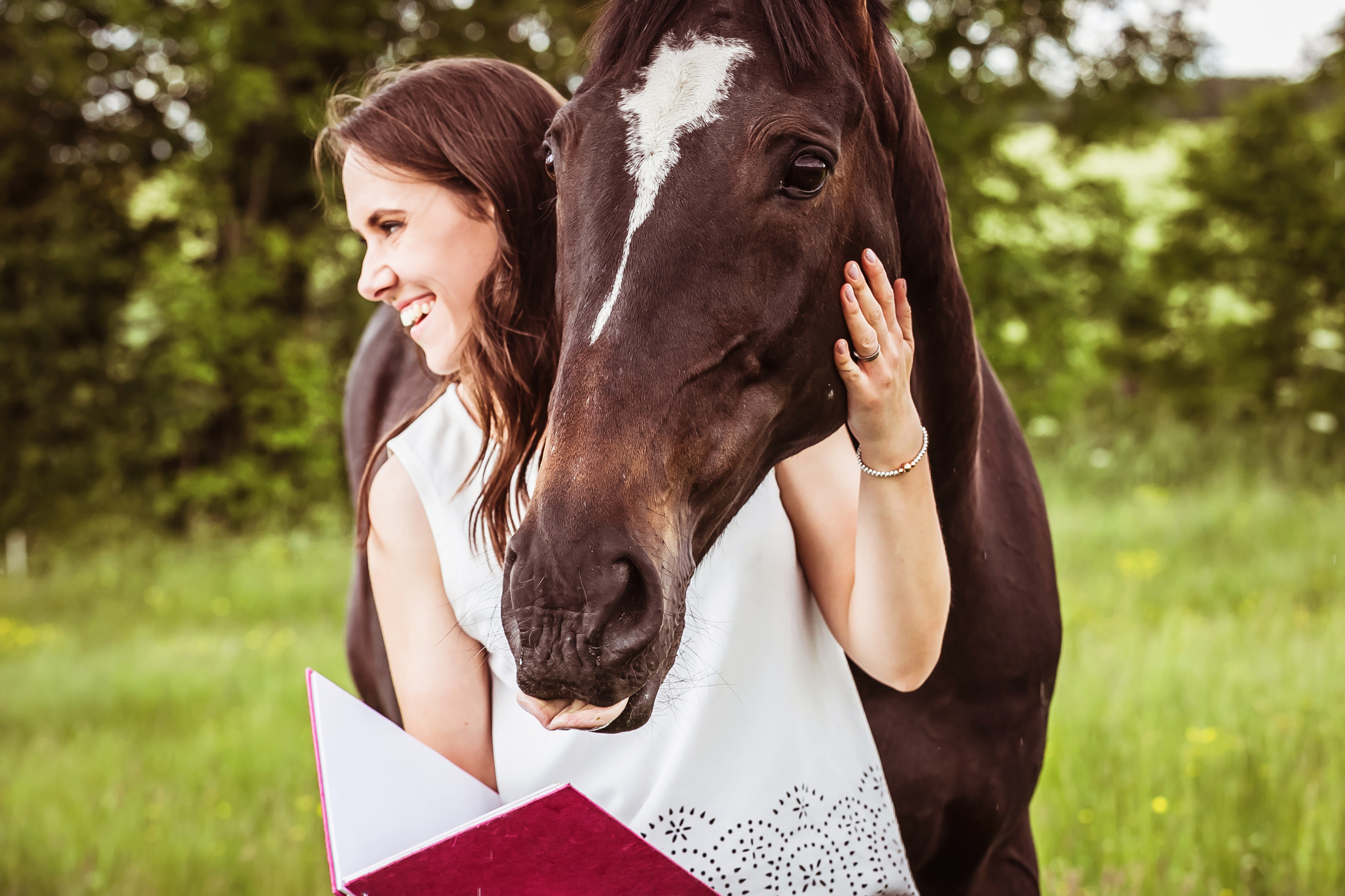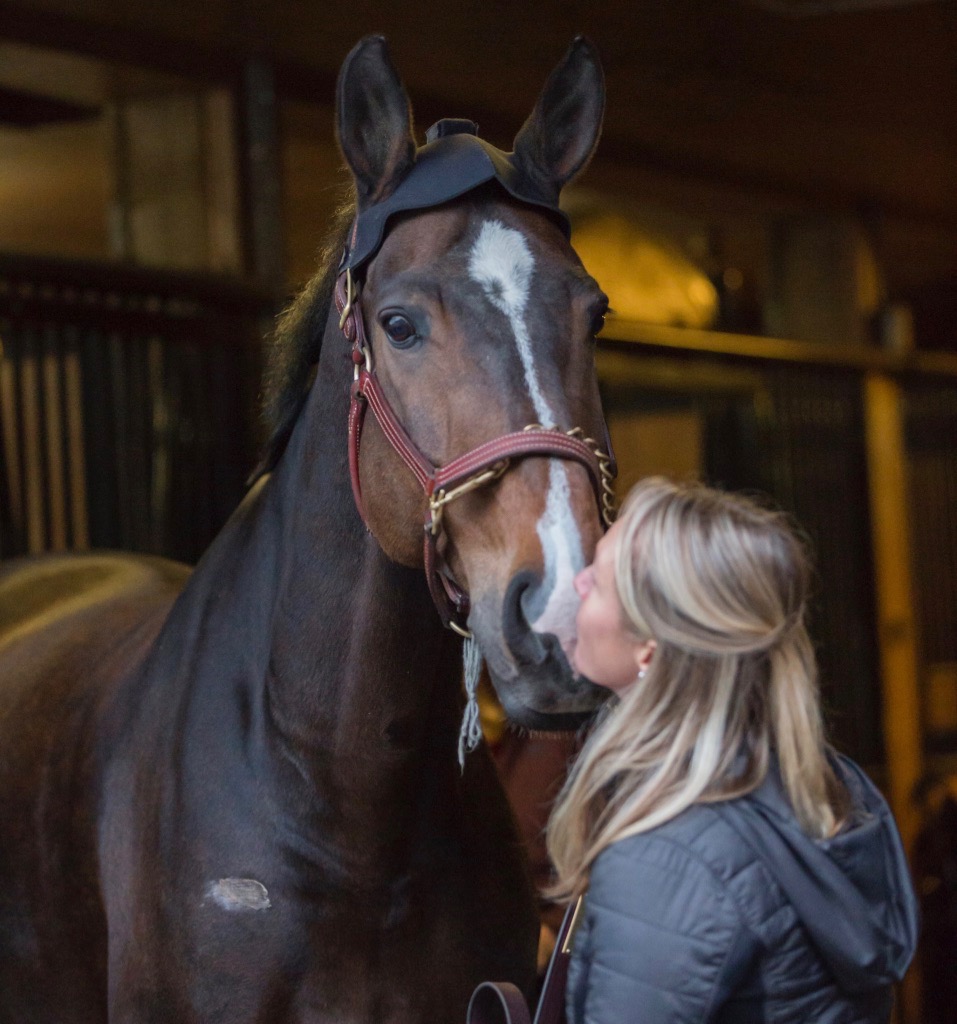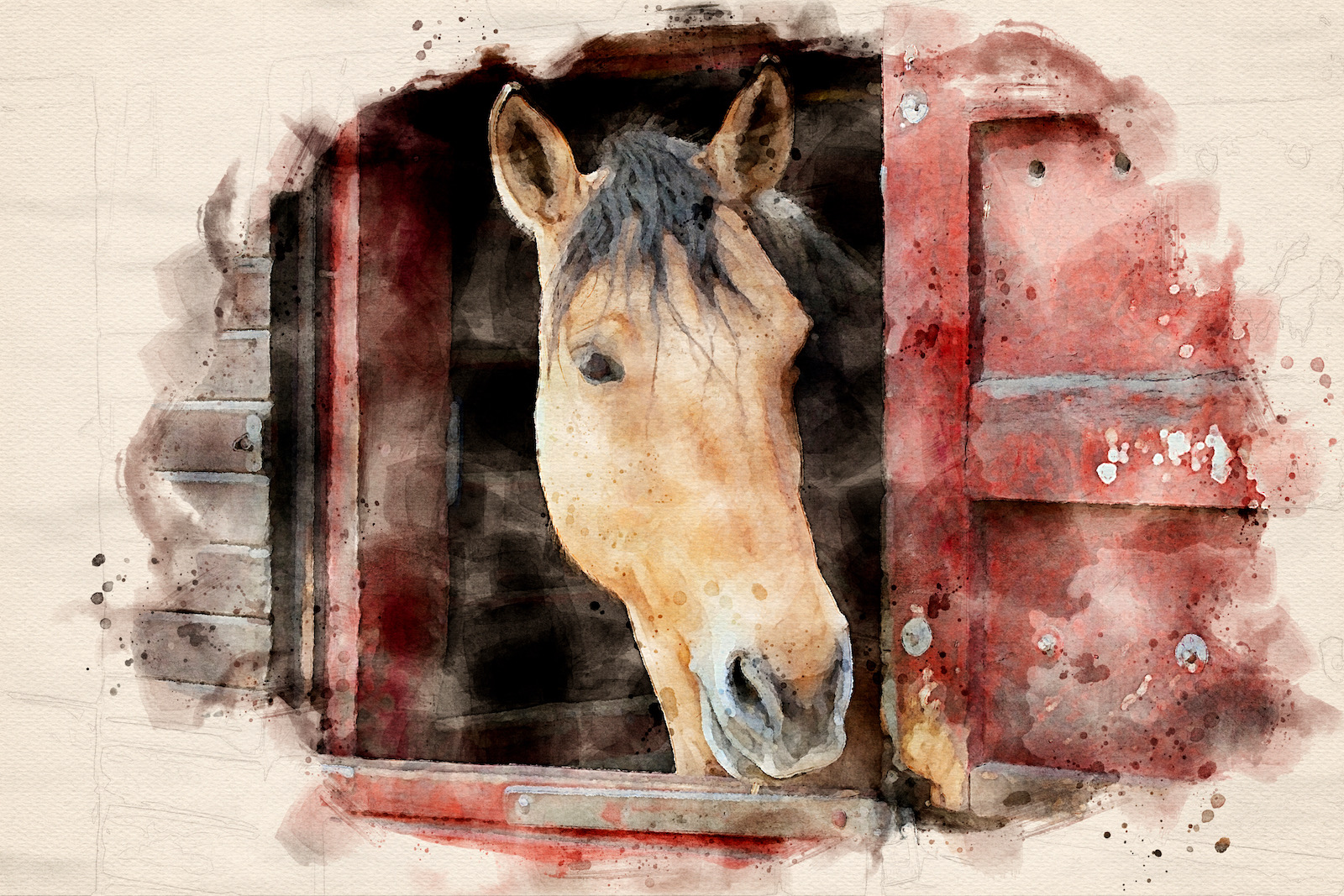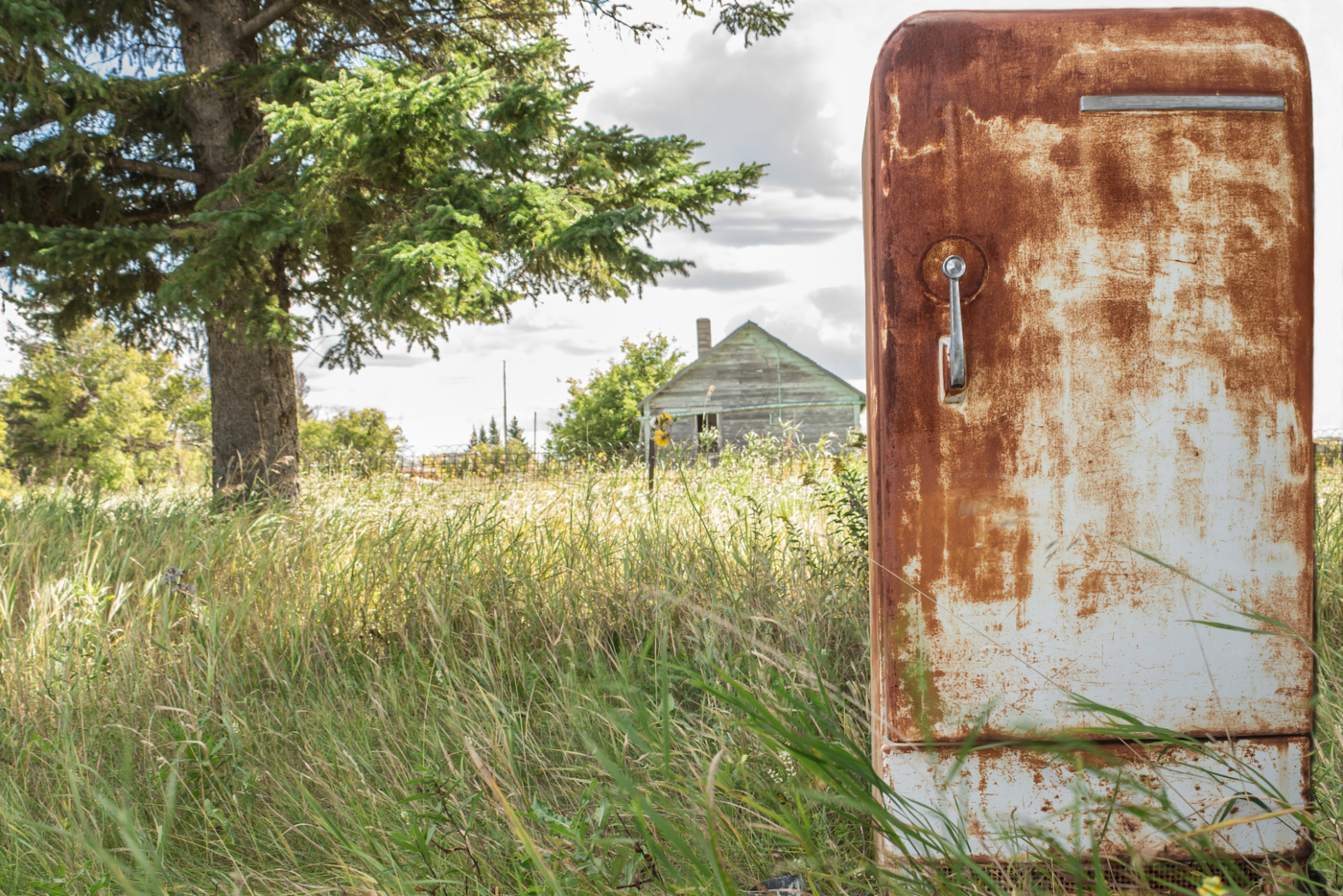Each week we bring the equestrian industry’s most pertinent news straight to your inbox via “Ears Forward,” and in an effort to keep it light, we never include tragic stories of horse races or horse rescues gone wrong. However, the unfortunate fact is that we have to scroll through a lot of those stories in order to get to the uplifting-yet-newsworthy bits. Though we don’t feel that “Ears Forward” is the place to draw attention to all the evils of the industry, we do strongly believe that it is imperative to use the OR platform for good.
This week, we spoke with Kelly Stackpole, founder of Rising Starr Horse Rescue in Redding, CT. In an effort to shed more light upon horses that are at-risk, we asked Kelly about how she got her start, how many wonderful animals she’s saved, and how each one of us can help her fantastic organization and others like it.
But that’s not all. In honor of Giving Tuesday (which is the Tuesday after Thanksgiving, and a great reminder to donate to organizations like Rising Starr…but y’all knew that), Hylofit is teaming up with EQUUS Foundation to provide a very special offer, and they’ve even sweetened the deal for OR subscribers. Scroll down for details on how giving just keeps on giving!
Please quickly educate our audience on the plight of at-risk horses.
Over 100,000 horses get shipped to Canada or Mexico from the US every year. These horses are slaughtered for meat and sent to countries like Belgium, France and Japan. Japan also imports live horses to be slaughtered fresh. Many horses come from the thoroughbred and quarter horse race tracks, and many are victims of overbreeding and a lack of funds to take care of horses both old and young. The majority of horses that ship to slaughter are not old, and many are sound. Horses, like dogs and cats, also fall prey to financial issues of their owners, especially because horses live well into their 20s and 30s now.
What is your equestrian background, and what prompted you to start Rising Starr?
I have been teaching and training horses and riders for over 30 years. In 1996, I stepped away from the national show world to raise a family and teach children. My goal was to teach the joy, as well as the reality and responsibility, of horse ownership. Prior to starting my small facility, Moonlight Farm, I had a 36-stall farm in Greenwich, CT, and was busy with the major horse show circuit, as well as riding programs for Greenwich Day School, Greenwich Academy, and Brunswick Schools.
In 2004, I was looking for school horses and met Bigg Bert. At that time, I had no idea what New Holland Sales was (a kill hub and auction house for the northeast). But I soon learned. Bert was from New Holland Sales and has been the most influential horse in my life. The kindness, patience and compassion Bert brought to humans was immeasurable, and yet someone threw him out like trash. That experience (and a bunch of kids) prompted me to start RSHR.
What is the Rising Starr mission statement?
Rising Starr Horse Rescue saves, rehabilitates, retrains and rehomes abandoned, neglected or abused horses, and educates about at-risk horses and the importance of protecting them.
By giving America’s horses a second chance at life, we give the community the chance to experience the love, patience and compassion horses have for humans.
Where do your horses come from, and what is the typical timeline from the day you receive a horse to the day it leaves Rising Starr?
We get horses directly from kill pens, auctions, surrenders, and from people with big hearts who get horses from kill pens but are not equipped to handle the quarantine and rehabilitation part.
Here, horses are quarantined for 6 to 8 weeks. If the horse is healthy in body, we will start work on the ground right away. The ground work gives us an idea about what second career might fit the horse, and we try to expose our rescues to many different situations. Once we have an idea of what might best fit the horse, we design a custom training program and share that the horse is available. The entire process can take 8 weeks to 8 months, and depends on the physical and mental condition of the horse. We have gotten several horses that have never had a halter on, and we have adopted horses to The Metropolitan Equestrian Team and Access Equine. We have had horses adopted all over the tri-state area, and even in GA.
How long has Rising Starr been open, how many horses has it saved, and how many does it typically bring in and re-home each year?
We rescued our first horse in August of 2016 with money our youth volunteers raised outside a Stop&Shop grocery store. Many of these volunteers are now on our youth board (new in 2019).
We have rescued 26 horses. We currently have 6 horses that are our program horses, including one mare that came out of a kill pen with a brand-new colt at her side. We had hoped to start her but many kill pens put stallions in with mares and foals, and she is now pregnant.
We have homed 19 horses since our first adoption in August of 2017 (did I mention we were only going to do one horse at a time!?). We did just get one of our adopted horses back, as she did not like her new job, but we will find the right place for her. As of today, we have one pending adoption and 2 available.
(left) Bigg Bert, and the photo inspiration for the RSHR logo; (center) Gunner, 2 weeks out of the kill pen, and again 3 months later; (right) The RSHR Team at the 2019 Hampton Classic horse show.
What is the most difficult part of your job as a rescue operator?
Having to make the decision to euthanize a young horse due to human neglect. We rescue them but cannot always save them. I just had a beautiful 10-year-old quarter horse mare euthanized after less than 36 hours at the rescue. Her coffin bone was coming through the sole of her hoof, and instead of doing the right thing (and also, the costly thing since it’s $700 for the vet and body removal) the owner was shipping her to slaughter in that condition. It’s absolutely heartbreaking, but it’s the right thing. That’s hard. Saying no because we do not have funds or room is a close second.
What qualities do you look for in potential rescue horses to ensure that they will likely fit into a new home?
We look into the horses’ eyes. They share so much through body language. But most of the time we do not know what we get until they step off the trailer.
What is the selection process for rehoming a Rising Starr horse?
We have a 70-question application, then we call references, visit the property, and check up on our horses monthly for two years. Horses are all microchipped, and that stays in our name for life.
What is the best-case scenario when matching a new owner to a horse?
Honestly, it’s nice when they become pleasure horses. It seems when it is just about the love and joy it is a better fit. We do adopt to programs, show homes, etc., and we believe there is a home for every horse. We will not ever allow a horse to be bred or raced.
Outside of rehabilitating horses, what are the other important aspects of a rescue that aid in the mission statement?
EDUCATION!! Public education. Most people we talk to do not realize that horses need to be rescued.
We invite schools to spend the day at the farm, and we will have a monthly “Read to the Rescues” program. We want to educate so that when decisions need to be made about horse welfare, the right ones are made. We can’t save 100,000 horses a year, but if the education is passed on, horse rescue in general will grow, and will ultimately give more horses a second chance at life.
Fundraising is also important. At this time, we receive nothing but our adoption fee of $500 to $2500 (most horses sail through $5000 before adoption), and donations. That is why we are adding some programs to help sustain us. Growing means we will have to start to hire help, as up until now we have had 100% volunteers running RSHR. We are planning to do a lot of community activities at the farm, including lessons, to help pay for our rescues and growth.
Additionally, some of our newer programs allow a potential adopter to lease the horse they want to adopt. We also have a program for adopters to board with us and learn to be the best provider they can be before bringing their horse home.
We’ve all heard horror stories about certain equine rehabilitation programs not living up to their promises. How does one know if a rescue facility is legitimate?
Great question! First check out some sites like Guidestar and other giving platforms. We hold their highest badge of Platinum, which requires honesty and open books. EQUUS Foundation is a great gauge as well. To be an EQUUS Gaurdian, a rescue must fill out and provide proof of who and what they are. Also, visit the facility, call the vet and blacksmith for the facility. Ask for their policies and handbooks. Unfortunately, there are shady rescues, but many are good and turn out horses that are wonderful.
What are some warning signs of a failing or illegitimate facility, and what do you think is the most common cause of a failed operation?
I am new to the world of 501c3, but in my short time I have seen other rescues (not just those for horses) use funds inappropriately – that is number one. If you can’t afford to save an animal and are unwilling to euthanize, then you should not rescue it, but care for the animals you already have. If a rescue operator is threatening to the public that they will be closing, that is a big sign. Frequently changing locations and filth are also bad signs.
Most importantly, what are typically the most pressing needs for a rescue operation? “If I can’t adopt a horse, I can…”
Volunteer, donate or sponsor. Volunteers are our most valuable asset. This business (and it is a business) is a team thing. You cannot do this alone. We have opportunities for everyone, including bookkeeping (we would teach someone how to help do the books!), cleaning stalls, working with rescue horses, clearing trails, helping to raise funds, or just answering the phone. It all is the most important job. And, of course, PLEASE DONATE.


